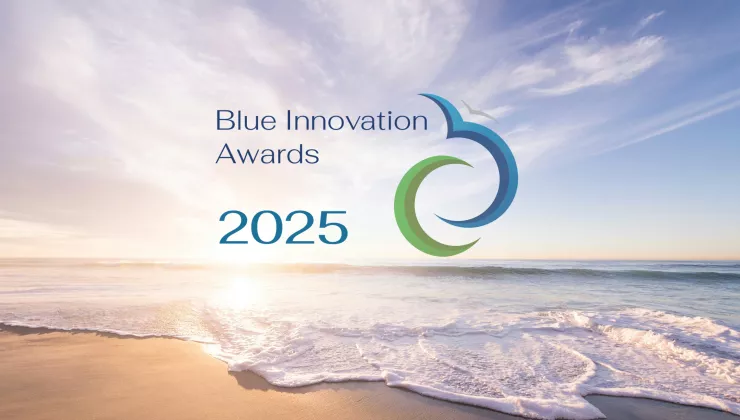Exploring the surprising impacts of sediment dispersal
The SUSANA project strives to protect our coasts while respecting the delicate balance of marine ecosystems. Within this scope, the partners delve into the complex realm of sediment dispersal and its broader environmental impacts.
Recent findings of the SUSANA project illuminate the challenges and intricacies of using alternative sand sources for nature-based solutions in coastal protection.
Key insights
- Alternative sand sources: With high-quality sand becoming scarce, we're turning to “lower-quality” finer-grained alternatives. However, this shift requires careful consideration of the environmental repercussions, including increased sediment reworking and potential impacts on marine life due to elevated levels of suspended particulate matter.
- Advanced modelling techniques: Our team employed three-dimensional hydrodynamic models alongside a Lagrangian dispersion model to simulate the transport and fate of sediment particles across the Belgian North Sea. This innovative approach allows for a nuanced understanding of sediment dispersal patterns, aiding in the responsible management of our seabed resources.
- Comprehensive data analysis: By analysing over a year's worth of activity data and running numerous simulations, we've created detailed dispersal maps. These maps enhance our understanding of sediment movement and serve as a crucial tool for evaluating the impact of human activities on sensitive marine habitats.
Towards sustainable coastal management
Our journey is far from over. As we move forward, our focus remains on harmonizing human needs with the preservation of marine ecosystems.
By refining our strategies and embracing cutting-edge research, we're committed to developing sustainable solutions that ensure the health and resilience of our coastal environments.
Stay engaged
We invite you to join us in this vital endeavor. For more insights and updates, keep an eye on Blue Cluster's news section. Together, we can make a difference in the pursuit of sustainable coastal protection.
Warmly,
The SUSANA project team


